Show students each of the components to be used in the first activity. Make sure they are all aware of what component you are indicating.
Battery - Source of potential energy (9 Volts). The + lead, or the red wire, in the battery snap outflows from high potential. The - wire, the black one, inflows from low potential.
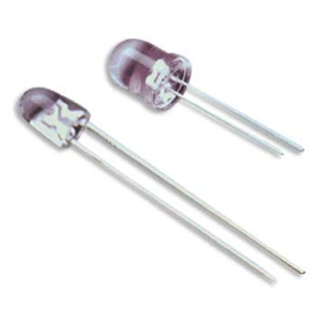
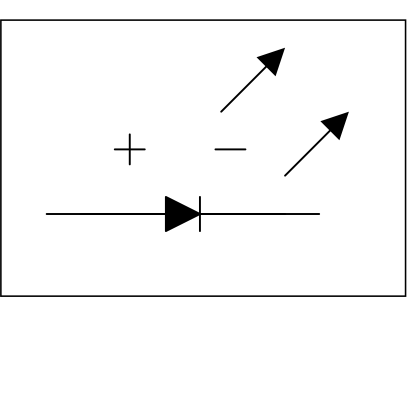
Light-Emitting Diode (LED) - Does what the name suggests: emits light. Current flows from the positive lead, the long wire stretching out of it, to the negative lead, the short wire. Don't mix up the positive and negative leads when building circuits.
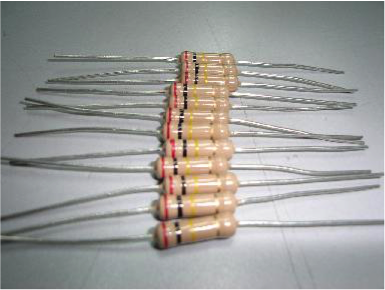 Resistor - Adds resistance to the circuit, crucial in making a working circuit. Essentially, it limits the flow of current.
Resistor - Adds resistance to the circuit, crucial in making a working circuit. Essentially, it limits the flow of current.
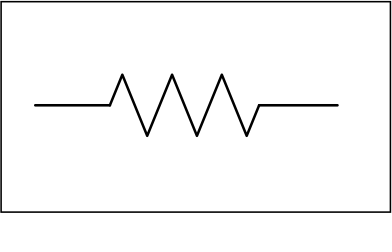 In equations, resistance is represented with the symbol R; it is measured in Ohms (Ω). Without a circuit having the necessary
amount of resistance, components such as the LED could be destroyed.
In equations, resistance is represented with the symbol R; it is measured in Ohms (Ω). Without a circuit having the necessary
amount of resistance, components such as the LED could be destroyed.
Breadboard - A way to connect and "hold" circuit components.  Essentially, it is a way to make an experimental model of a circuit without having
to make permanent connections to components.
Essentially, it is a way to make an experimental model of a circuit without having
to make permanent connections to components.
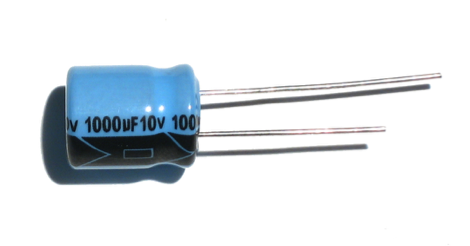
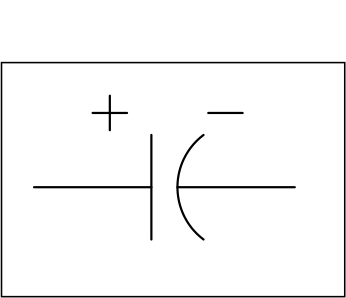 Capacitor - In a sense, a way to "smooth" out the fluctuations in current in a circuit. In addition, it can be used like a mini
battery, capable of storing a small amount of electric charge and then releasing it. Different capacitors can hold different amounts of charge, which can be used to create complex circuits.
Capacitor - In a sense, a way to "smooth" out the fluctuations in current in a circuit. In addition, it can be used like a mini
battery, capable of storing a small amount of electric charge and then releasing it. Different capacitors can hold different amounts of charge, which can be used to create complex circuits.
 555 Timer Chip - Used to switch between high (Vcc output) and low (ground) voltages. Essentially, it can be used as a oscillator. In later exercises, it will be used to make an LED blink at regular intervals. When placing the chip on a breadboard, the
chip should be oriented on the breadboard so that the half-circle notch on the 555 timer chip is at the top, else the circuit may not work.
555 Timer Chip - Used to switch between high (Vcc output) and low (ground) voltages. Essentially, it can be used as a oscillator. In later exercises, it will be used to make an LED blink at regular intervals. When placing the chip on a breadboard, the
chip should be oriented on the breadboard so that the half-circle notch on the 555 timer chip is at the top, else the circuit may not work.
| On to page 4! |